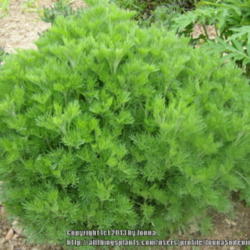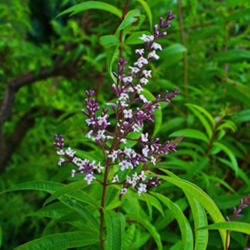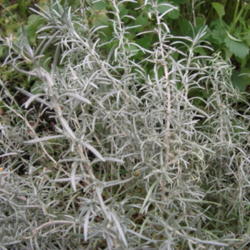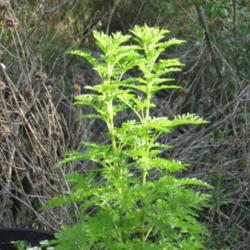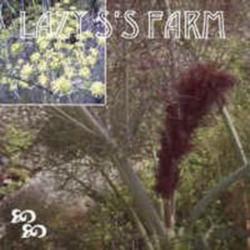Ecscuba said:...
I did add some compost I had been making in a bin and it wasn't quite composted. So that probably is the culprit.
A hah! It's a good outcome when an answer is found.
It'll be even better if some combination of factors cures it for you!
Hopefully it will be cured before they spread too many spores around your greenhouse.
Thank you for your kind words.
Cleaning the greenhouse like a compulsive maniac, and creating low humidity for a week might (I think) reduce the number of fungus spores down to what you would have anyway just from having airflow and dust. But I think at most that reduces "trillions" of spores down to "millions" of spores. No one can ever get rid of all spores.
"Everything is everywhere: but the environment selects".
I don't know whether cleaning with
chlorine bleach or stronger hydrogen peroxide is better for discouraging mold and fungus. Modern "oxygen" bleaches might be easier on fabric colors, but they don't sterilize or disinfect worth a darn.
I'm trying to think how to add organic matter to a potted plant without encouraging fungus, mold or other nastiness.
Incorporating
well-aged compost or other sources of organic matter into the deeper soil during potting
but not into the surface layer might help.
Leaching soluble stuff out of the top layers with heavy top-watering might help a little, if that doesn't make your pot more water-logged!
Bottom-watering with something like fish emulsion might keep it OUT of the top layer of soil, OR it might leach everything soluble upwards until it winds up in a crust on the surface!
What do y'all think, would making compost tea from
well-aged compost increase or decrease fungus in pots in a greenhouse? Would it add microbes likely to discourage fungus, or would it just feed the fungus?
